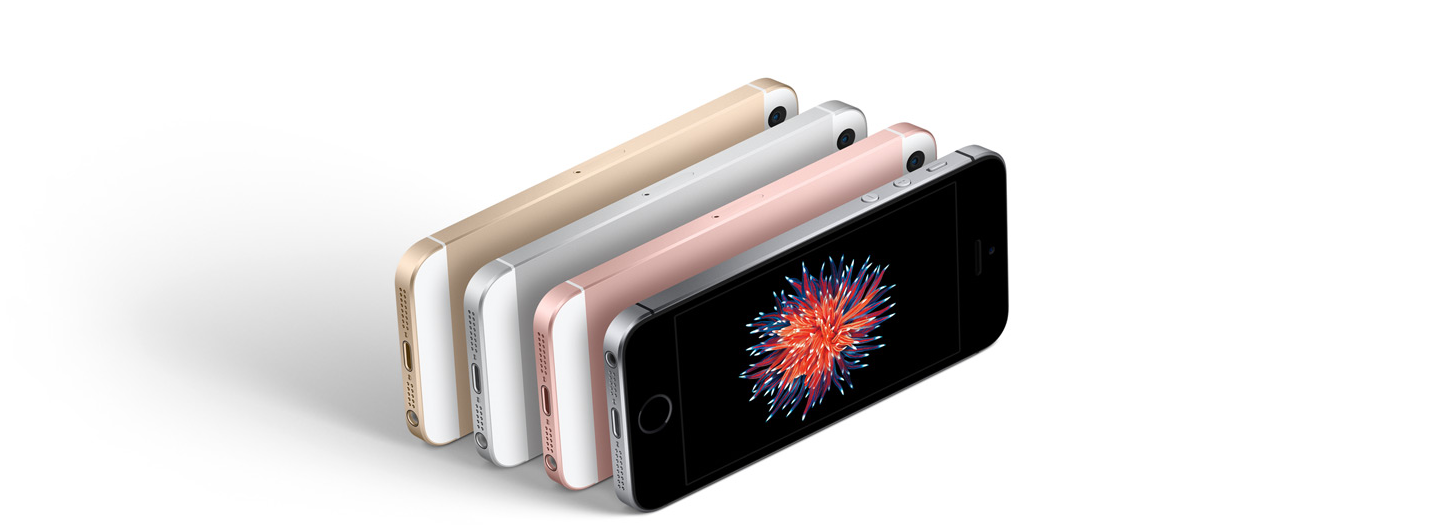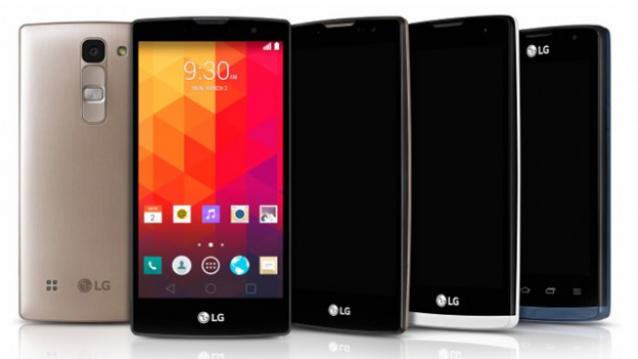List of the most popular devices in the US and the EU on which you need to test mobile applications (translation of the article)
 We are in a situation where thousands of different smartphones under hundreds of brands are represented on the global markets.
We are in a situation where thousands of different smartphones under hundreds of brands are represented on the global markets.Some of them are familiar to us, and some we see for the first time. But this does not mean that A- or B-brands are represented and popular in absolutely all markets. According to Pareto Law, only 5-7 devices / brands are occupying up to 80% of the market in a particular region.
')
Preface from translator:
Colleagues, in view of a certain amount of HYIP in the comments, I want to clarify a few points:
1) This is a translation of the article;
2) I deliberately left everything as it is in the original (did not make corrections to several inaccuracies, did not write conclusions, did not leave comments), because it will not be a translation anymore .;
3) If you think that something is not there or you want to improve the material, you can write a comment below (on the case), or contact the authors of the original source (link below).
This means that when developing and testing mobile applications it is necessary to keep in mind two main points:
- Devices that are popular in the regions where applications are planned to be launched. These popular devices will be in the hands of most of your real users. And if the build, at the beta testing stage, was not tested on any of these devices, there are great chances to put a fat cross on promoting the application right from the start.
- Mobile device specification (screen resolution, independent of pixel density, etc.).
We conducted research and compiled for you a list of the most popular devices in the United States and the markets of the European Union.
Enjoy testing!
Apple Smartphones
| Smartphone name | Screen width, px | Screen height, px | CSS width, dp | CSS height dp | SPD, ppi |
| Apple iPhone 6s | 750 | 1334 | 375 | 667 | 326 |
| Apple iPhone 6s Plus | 1080 | 1920 | 414 | 736 | 401 |
| Apple iPhone 6 | 750 | 1334 | 375 | 667 | 326 |
| Apple iPhone 6 Plus | 1080 | 1920 | 414 | 736 | 401 |
| Apple iPhone SE | 640 | 1136 | 320 | 568 | 326 |
| Apple iPhone 5 / 5S / 5C | 640 | 1136 | 320 | 568 | 326 |

LG Smartphones
| Smartphone name | Screen width, px | Screen height, px | CSS width, dp | CSS height dp | SPD, ppi |
| LG G4 | 1440 | 2560 | 360 | 640 | 538 |
| LG G3 | 1440 | 2560 | 360 | 640 | 538 |
| LG Nexus 6P | 1440 | 2560 | 411 | 731 | 518 |
| LG Nexus 6 | 1440 | 2560 | 411 | 731 | 518 |
| LG Nexus 5X | 1080 | 1920 | 411 | 731 | 423 |
| LG Nexus 5 | 1080 | 1920 | 360 | 640 | 445 |
| LG Nexus 4 | 768 | 1280 | 384 | 640 | 320 |

Samsung Smartphones
| Smartphone name | Screen width, px | Screen height, px | CSS width, dp | CSS height dp | SPD, ppi |
| Samsung Galaxy S6 | 1440 | 2560 | 360 | 640 | 577 |
| Samsung Galaxy S6 Edge | 1440 | 2560 | 360 | 640 | 577 |
| Samsung Galaxy S5 | 1080 | 1920 | 360 | 640 | 441 |
| Samsung Galaxy S4 | 1080 | 1920 | 360 | 640 | 441 |
| Samsung Galaxy S4 mini | 540 | 960 | 360 | 640 | 256 |
| Samsung Galaxy S3 | 720 | 1280 | 360 | 640 | 306 |
| Samsung Galaxy S3 mini | 480 | 800 | 320 | 533 | 233 |

Other brands of smartphones
| Smartphone name | Screen width, px | Screen height, px | CSS width, dp | CSS height dp | SPD, ppi |
| Xiaomi Mi 4 | 1080 | 1920 | 360 | 640 | 441 |
| Xiaomi Mi 3 | 1080 | 1920 | 360 | 640 | 441 |
| Sony Xperia Z3 | 1080 | 1920 | 360 | 598 | 424 |
| Sony Xperia Z | 1080 | 1920 | 360 | 640 | 443 |
| HTC One M9 | 1080 | 1920 | 360 | 640 | 538 |
| HTC One M8 | 1080 | 1920 | 360 | 640 | 538 |
Source of article
Source: https://habr.com/ru/post/308272/
All Articles